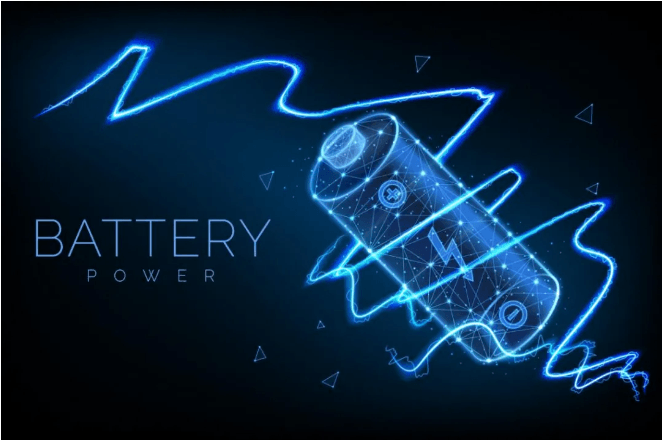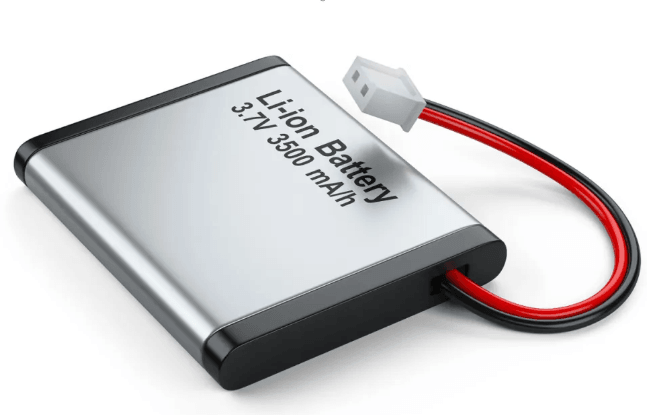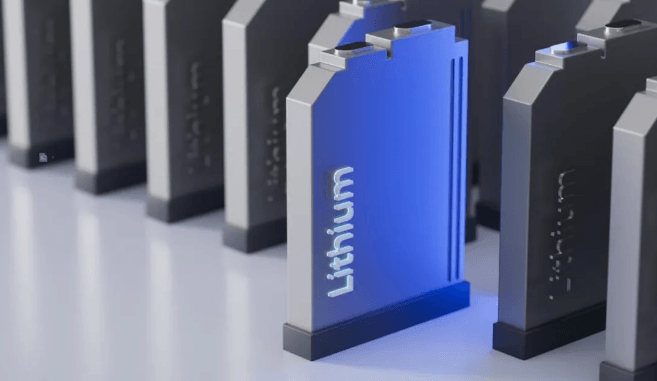Lithium batteries are a frequently used concept, and upon closer inspection, it actually has three definitions: broad, narrower, and narrow.
In a broad sense, lithium batteries include primary lithium batteries and lithium-ion batteries. In a narrower sense, since lithium-ion batteries are more widely used than primary lithium batteries, "lithium batteries" typically refer to lithium-ion batteries. In a narrow sense, lithium-ion batteries are further divided into polymer lithium-ion batteries and liquid lithium-ion batteries. As liquid lithium-ion batteries are heavier and more commonly used, "lithium batteries" in the narrow sense specifically refer to them. Polymer lithium-ion batteries, also known as lithium-polymer batteries, are commonly abbreviated as "polymer batteries".

If comparing polymer batteries and lithium batteries in the broad or narrower sense, the only difference is the relationship between a sub-concept and a superordinate concept (i.e., polymer batteries are a subset of lithium batteries). Therefore, the meaningful comparison lies in the narrow sense—between polymer batteries and liquid lithium-ion batteries (hereafter referred to as "lithium batteries" for simplicity).
Key Differences Between Polymer Batteries and Lithium Batteries
1. Fundamental Difference: Raw Materials
The core source of all performance disparities.
Polymer batteries use polymer materials in at least one of the three main components (cathode, anode, or electrolyte). Polymer materials feature large molecular weights, offering high strength, toughness, and elasticity. Currently, polymer materials in research are mainly applied to cathodes and electrolytes. ① Cathode materials: Besides the inorganic compounds used in lithium batteries, conductive polymer materials can also be used. ② Electrolytes: Polymer electrolytes (solid or gel-state) and organic electrolytes. ③ Lithium batteries use liquid or gel-state electrolytes, requiring a rigid casing as secondary packaging to contain the electrolyte.

2. Molding Flexibility
Polymer batteries can be thinned, shaped into any area, or customized into any form, thanks to their solid or gel-state electrolytes (not liquid). Lithium batteries, with liquid electrolytes, need a sturdy casing, adding extra weight.
3. Safety
Most polymer batteries are soft-packed (using aluminum-plastic films as casings). Even if the organic electrolyte heats up, they do not explode—at worst, the casing may rupture naturally (no liquid leakage due to solid/gel-state electrolytes). However, short circuits from excessive instantaneous current can still cause self-ignite or explosion, as seen in safety incidents involving phones or tablets.
4. Cell Voltage
Polymer batteries can achieve high voltage through multi-layered cell designs due to polymer materials. Lithium battery cells have a nominal voltage of 3.6V or 3.7V. To reach high voltages in practical use, multiple cells must be connected in series. Additional Comparisons (Why Lithium Batteries Still Dominate the Market)

5. Conductivity
Solid electrolytes in polymer batteries have low ionic conductivity, often improved by adding additives to form gel electrolytes (only enhancing ionic conductivity, not as stable as lithium batteries, whose conductivity is less affected by auxiliary materials).
6. Capacity
Polymer batteries have not significantly improved capacity and may even have lower capacity than standard lithium batteries.
7. Manufacturing Process
Polymer batteries are easier to produce when thin; lithium batteries are easier to produce when thick, allowing broader application scenarios.

8. Price
Polymer batteries are generally more expensive than lithium batteries, with a market share ratio of approximately 1:9.
Polymer batteries excel in small-scale applications due to their flexibility and safety. Lithium batteries remain more promising in large-scale applications for now. If polymer batteries can overcome cost and design limitations, their environmental friendliness and safety may align better with future trends, potentially becoming the mainstream of battery development.